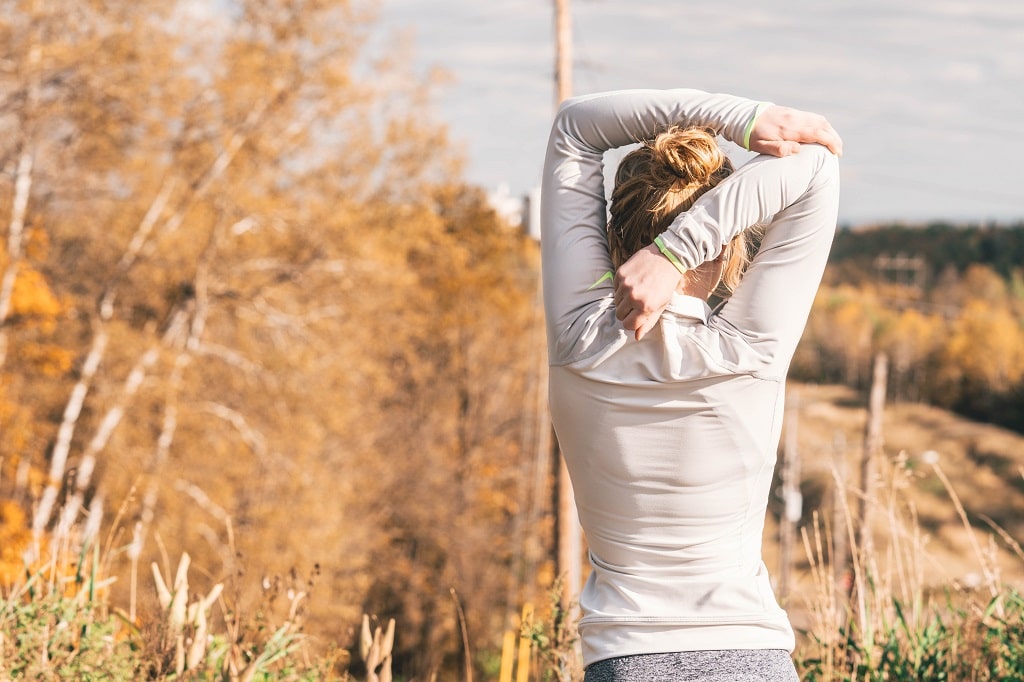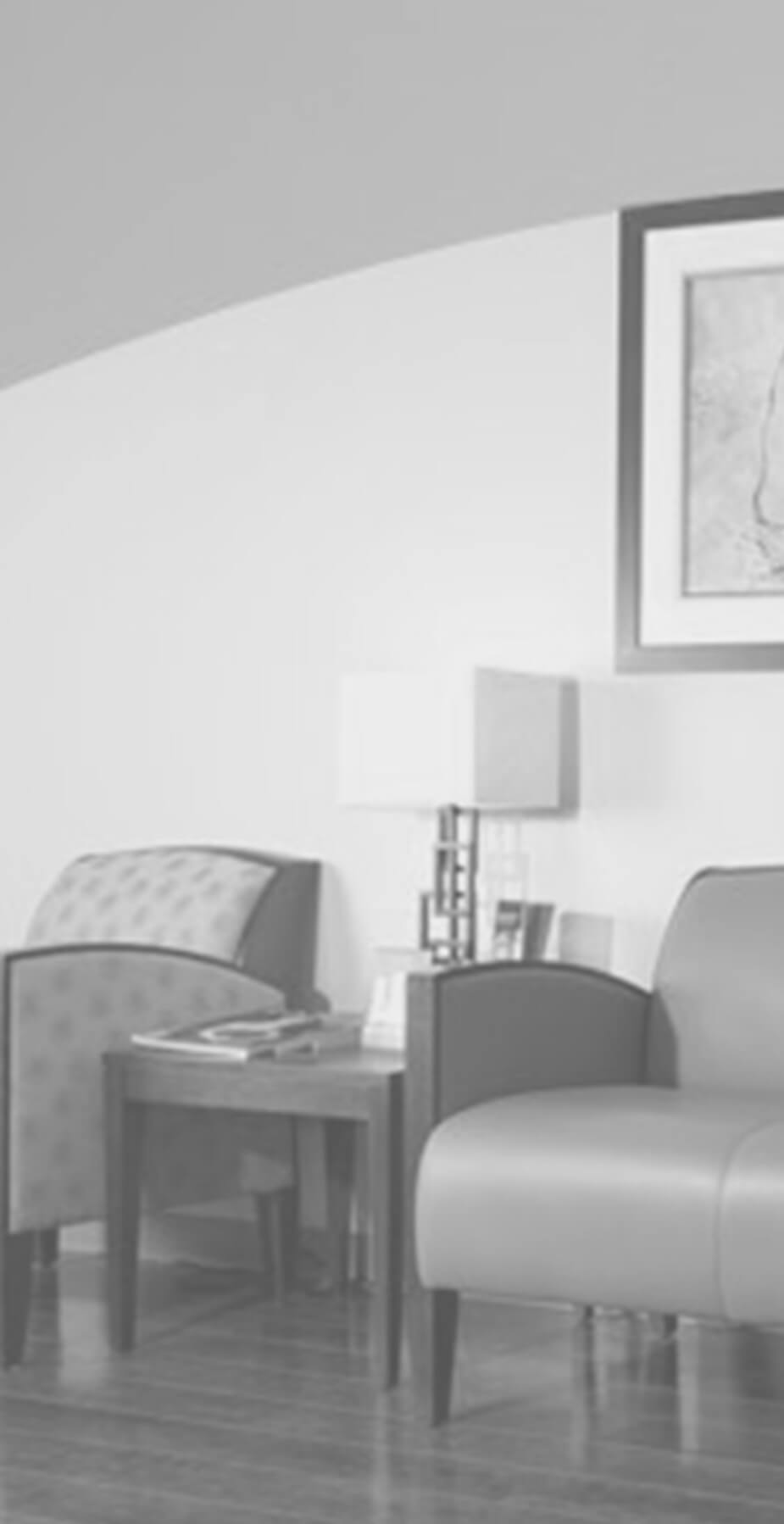

Upper and Lower Body Lift
Home Upper and Lower Body Lift
Upper and Lower Body Lift in Orange County
Many people who lose significant amounts of weight end up struggling with sagging skin and stubborn fat deposits. If you have lost a dramatic amount of weight, whether through diet and exercise or bariatric surgery, your skin may have stretched beyond the point where it can’t shrink back to fit your new body contours. Lingering trouble zones may remain in parts of your body, despite your best weight-loss efforts. When this happens, dissatisfaction with your new shape and size may detract from the accomplishment of reaching a healthy weight.
A body lift is surgery to remove excess skin and fat and recontour your body. The procedure gets rid of hanging folds of skin that can cause chafing and lead to skin infections. It puts the finishing touches on your successful weight loss to restore pride in your body.

A surgeon can perform body lift surgery on your upper or lower body, depending on where you have excess skin and fat. Or, you might combine the procedures in a full or total body lift.The procedure is highly customizable to address your particular needs.
To learn more about how an upper or lower body lift can improve your appearance and health, contact UCI Plastic Surgery to schedule a consultation. We have five Los Angeles-area locations: in Orange, Costa Mesa, Tustin, Yorba Linda, and Newport Beach, CA.
What Is an Upper Body Lift?
An upper body lift is one or more surgeries that lift and remove excess skin and fat from the upper body. It typically involves a procedure to remove loose skin and excess fat from the back and to reposition the breasts. This mispositioning of the breasts and rolls of skin beneath the breasts and on the back are common effects of dramatic weight loss.
The “zones of adherence” in the image are areas over the sternum (or breast bone), in the front, and the spine, in the back, which normally act like hooks, preventing tissue from falling. Significant weight gain and loss can sever the connections in these zones of adherence, leading to abnormal sagging and mispositioning. An upper body lift restores these connections and lifts the tissue to a normal and attractive position.
An upper body lift might also include an upper arm lift, a breast lift, or breast reduction (male or female). The surgery’s goal is to create tight, smooth, and firm contours on the upper back, chest, and upper arms, bringing your body into alignment with your newly reduced weight.
What Is a Lower Body Lift?
A lower body lift, or belt lipectomy, is surgery to tighten and reshape the lower body after significant weight loss, pregnancy, or changes from aging. The procedure typically removes a belt of loose skin and excess fat from the midsection, improving the contours of the buttocks, hips, and abdomen. It can also include surgery to remove excess skin and fat on the thighs.
Like the upper body lift, a lower body lift is a highly customized procedure planned and performed to address your needs. Different people experience weight changes with accumulation and loss of fat to varying degrees. The areas that tend to build up the most fat with weight gain are usually the ones that have the loosest skin and the most persistent pockets of remaining fat after weight loss. A lower body lift tightens your skin and recontours your body where those corrections are necessary.
Why Might I Consider an Upper or Lower Body Lift?
You might benefit from an upper or lower body lift if you have loose, sagging skin and pockets of excess fat on your chest, back, abdomen, hips, buttocks, or thighs after significant weight loss or as a result of pregnancy or aging.
An upper body lift can correct:
- Loose, hanging skin and bulges of excess fat on your back, chest, or upper arms
- Breasts that are sagging or have dropped below their normal position
- Rolls of excess fat and skin in your upper back or below your breasts
- Chafing caused by folds of hanging skin
By raising the breasts to their normal position, an upper body lift also enables additional cosmetic breast surgery, such as breast augmentation or a breast lift.
A lower body lift can correct:
- Loose, hanging skin and pockets of excess fat on your abdomen, hips, pubic area, buttocks, or thighs
- Abdominal wall weakness and a protruding belly
- Lack of definition in the waist
- Rolls of excess fat in the lower back
- Droopy buttocks or buttocks that lack definition
- Chafing caused by folds of hanging skin
An upper or lower body lift can complete the self-renewal you accomplish with significant weight loss. It can restore smooth, firm body contours after pregnancy or the changes caused by aging. With tightened skin and younger-looking body contours, you’ll be able to:
- Wear the clothes you prefer
- Exercise and perform daily activities more comfortably
You’ll have renewed pride in your body and your appearance, which can be a boost to your self-confidence.
Start Your Journey Today!
UCI Plastic Surgery is a leader in the field of cosmetic surgery. Each of our specialists is highly knowledgeable, trained, and committed to bringing our patients the latest advancements in the field. Learn how our experts can help you obtain industry-leading results by scheduling a consultation today.
Am I a Good Candidate for a Body Lift?
You may be a good candidate for an upper or lower body lift if weight loss, pregnancy, or aging have left you with any of the problems described above and you:
- Are at a stable weight with a healthy BMI
- Don’t have excess intra-abdominal fat (fat in the “inner balloon” behind your abdominal wall)
- Are in good health
- Do not smoke, or are willing and able to quit for several weeks before and after the surgery
- Have reasonable expectations for the procedure
What Does a Body Lift Entail?
Surgeons typically perform an upper or lower body lift while the patient is under general anesthesia in a hospital. Both procedures are complex and require a “road map” for the surgeon to follow. We place marks on our patients one or two days before the surgery, which serve to guide us during the procedure as we operate to create the best possible body contours.
The procedure for an upper body lift varies with the specific corrections to make. If removing excess skin and fat rolls from the upper back, your surgeon will make incisions on both sides of the mid-back (for men) or near the bra line (for women). The doctor removes excess skin and closes the incisions with absorbable sutures, glue, or tape. To raise the position of sagging breasts and eliminate rolls of excess skin and fat below the breasts, the surgeon makes the appropriate incisions and elevates the skin and underlying chest musculature.

In a lower body lift or belt lipectomy, we generally work on the front of the patient first, eliminating the excess tissue there and tightening the abdominal wall. The surgeon makes an incision around the navel to leave it in position. Then, they make additional incisions along the pre-surgical markings to remove excess skin and fat and lift the remaining tissue to form smooth, natural-looking contours. When needed, your surgeon will tighten your abdominal muscles and reconnect them, if necessary.
Having completed the front and flattening the belly, the surgeon turns the patient on their side or back, and removes the excess tissue from the sides and back. The doctor lifts the thighs and buttocks and improves waist definition. Often, a surgeon will use liposuction to remove excess fat from the thighs. Then, the doctor turns the patient on the other side, and repeats the same steps. The surgeon closes all incisions with inside sutures, so there are no external sutures to remove. Then, they cover the incisions with medical-grade glue to hold the sides together and prevent bacteria from entering the wounds. The doctor places drains, usually small plastic tubes, in the wounds and brings them out through the skin before closing the incisions. At the end of the procedure, the surgical team places the patient on a hospital bed, which is bent at the waist, and transfers them to the recovery room.
What Can I Expect in Recovery?
Depending on your surgery’s specifics, you will likely stay overnight in the hospital (for most upper body lift procedures), or you may recover in the hospital for a minimum of two days (for most lower body lift procedures).
You’ll get discharged from the hospital when you can manage pain with oral medication and perform basic daily tasks with minimal assistance.
You should arrange to have help in your first few days at home after surgery, as you’ll have a limited ability to get in and out of bed, to reach for and lift objects, and to perform essential tasks like cooking or taking out the trash. You won’t be able to lift small children for at least two weeks. You can expect some swelling, bruising, and discomfort in the first few days after your surgery.
Your surgeon will encourage you to be up and walking on the first day after surgery, then to gradually work up to your normal level of activity. Once you have your surgical drains removed, which is usually within two weeks, you’ll be able to make faster progress in resuming activities. Your doctor will advise you on timing as you safely build back up to your former levels of exercise and activity, typically over about four to six weeks.
Frequently Asked Questions About the Upper or Lower Body Lift
Below are some frequently asked questions about upper and lower body lifts at UCI Plastic Surgery in Orange County. If you have questions that are still unanswered, please call or email our offices to reach our friendly staff.
Results of an upper or lower body lift are permanent, though you can diminish the positive effects if you gain or lose a significant amount of weight. To get the most from the procedure, it’s best to maintain a stable weight with sustainable eating and exercise habits. Of course, your body will continue to age, and that will include some loss of skin elasticity over time, with resultant sagging.
Yes. A body lift does involve incisions that leave scars. Your surgeon will explain the locations of your incisions as part of your consultation in planning the surgery. They’ll take care to place incisions where you’ll be able to hide the resulting scars with clothing.
As with any surgery, there is always a possibility of complications, including bleeding, infection, fluid collection, fat necrosis, blood clots, wound separations, or reaction to anesthesia. The procedure will leave noticeable, permanent scars, and some patients, especially those with a tendency for poor healing, may end up with wide or raised scars. Numbness and sensory changes may also occur around the area of the scars.
Schedule a Consultation in Orange County
Contact us today to schedule a consultation and find out whether an upper or lower body lift may be right for you. We’ll answer your questions and explain what you can expect from the procedure. We have five Los Angeles-area offices: in Orange, Costa Mesa, Tustin, Yorba Linda, and Newport Beach, CA.
The doctors at UCI Plastic Surgery are leaders in the field of cosmetic surgery. Through their teaching and lecturing roles at UCI, they stay current with state-of-the-art techniques and technology. With their advanced technical skills, they consistently produce better, more natural-looking results for their patients.
 UCI Plastic Surgery
UCI Plastic Surgery